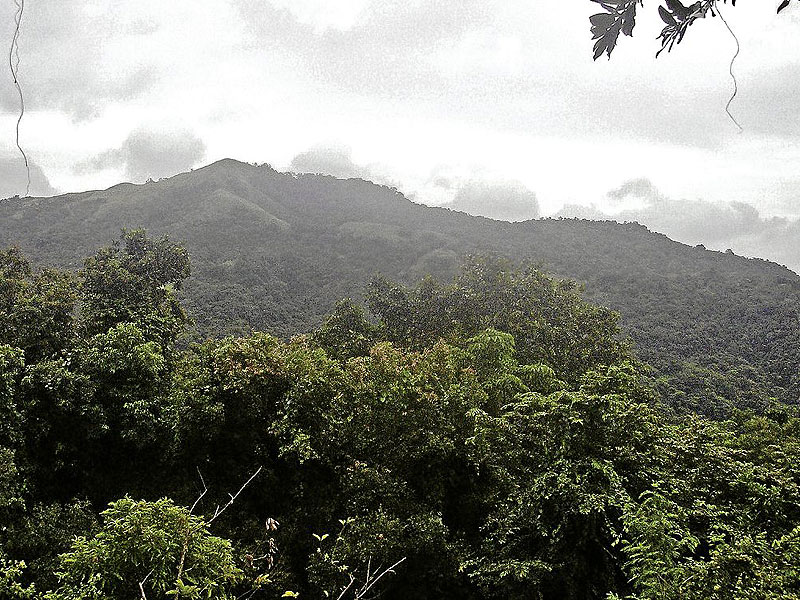With fewer forests, we lose 95% of carbon trap
Climate change requires us to ask questions about the environment differently.
It may no longer be enough to ask about forest cover.
How well forests can sequester carbon dioxide may be the important question to answer.
What is left of our forests today are found in middle mountains and high elevations. These are technically called mid-mountain and mossy forests.
Forests in the tropics achieve optimal or maximum growth in the lowlands.
Unfortunately, our lowland forests are already gone and have given way to agriculture.
Forest trees are tallest and at their largest in areas within an elevation of 0 to 800 meters above sea level.
Trees growing at higher altitudes are smaller in diameter and shorter in height.
Trees in the mossy forest are stunted and their moss-covered branches are gnarled. Needless to say, the combined volume (or biomass) of mossy and mid mountain forests is far lower compared to a lowland forest.
Giant lauan trees grow in the lowlands. These trees which belong to the Dipterocarpaceae family used to dominate forests in the lowlands by as much as 80 percent of the entire tree population.
On the average, a mossy forest tree is 5 meters tall and 40 centimeter in diameter at breast height. In contrast, a lauan tree is over 50 meters high and over 100 centimeter in diameter.
Lowland forests have biomass roughly 10 times larger than high-altitude forests.
The trunk, branches, twigs, roots and leaves make up the tree’s biomass, which is basically cellulose made up of carbon, oxygen and hydrogen molecules.
As such they store large amounts of carbon dioxide- the reason scientist consider wood a major repository of carbon sequestered from the atmosphere.
The larger the biomass, the bigger amount of carbon a tree can capture from the air.
Thus, lowland forests trap much more carbon dioxide than mid-mountain and mossy forests.
In 1935, the Philippines forest cover was estimated at 17 million hectares or roughly 60 percent of our total land area.
Today, only five to seven million hectares of forest remain or less than 20 percent of the land area.
This implies that we have lost 12 million hectares of forest during the last 75 years or about 40 percent of the land has been denuded.
When we compute the Climate Change service of a forest, we refer to the capacity to sequester carbon dioxide.
With biomass of lowland forests 10 times more than our remaining mid-mountain and mossy forests today, we may have lost already 95 percent of the forest’s capacity to capture carbon dioxide.
This comparison should make us realize that the damage to our forests is more than what we ever imagined.
The challenge ahead is more formidable than it already appears.
We need to grow taller and bigger trees, and not just the midget gmelina and ipil-ipil.
The chances of growing lowland forests dominated by towering lauan trees are not promising though.
Lowlands are generally already compromised to agriculture, settlements and built-up areas.
But we still have river banks, steep slopes at moderate elevations and ravines.
Collectively these areas could be sizable and their combined ability to sequester carbon dioxide from the atmosphere could be substantial.
It may not be too late to establish a forest just as tall, just as big, just as grand, and just as large a repository as that needed to trap harmful greenhouse gases that are part of Climate Change.
(The author is a licensed forester and an expert in forest land use planning. He is a former Regional Executive Director of the Dept. of Environment and Natural Resources in Region 7 and Region 10)















